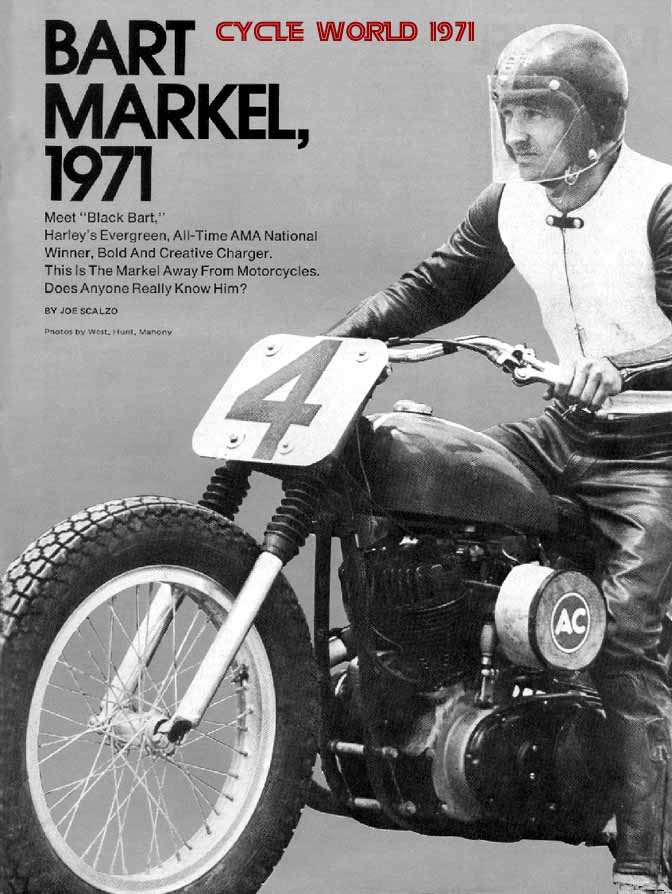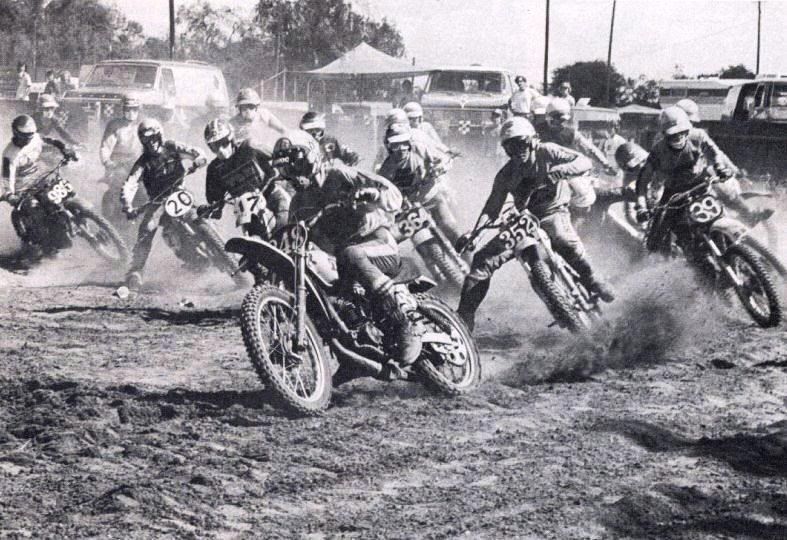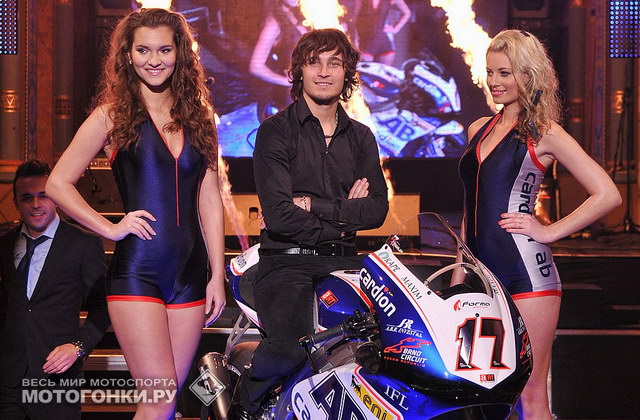
Go West, young man, go west! (Westside, that is.)
The oldest patch-wearing gay men's motorcycle club in the country holds it's February meeting tonight.
Empire City Motorcycle Club, Inc. of New York City, was founded by a group of twelve motorcycle riders in October, 1964 as a motorcycle owner/rider club. They are the oldest ongoing gay all-riding organization in the country and a vital part of the gay community in the New York metropolitan area. Empire City M/C's open general meetings are held 8pm-9pm on the first Wednesday of each month at "The Centre", 208 West 13th St., Room 205, New York, NY 10011. All interested men and prospective members are welcome to attend.
According to their website full members should reside within 50 miles of New York City.
Empire City Motorcycle Club: 51 Years of Riding & Brotherhood!
Today in motorcycle history is a proud supporter of the National Association for Bikers with a Disability (NABD). www.nabd.org.uk
Empire City Motorcycle Club: 51 Years of Riding & Brotherhood!
Today in motorcycle history is a proud supporter of the National Association for Bikers with a Disability (NABD). www.nabd.org.uk




















